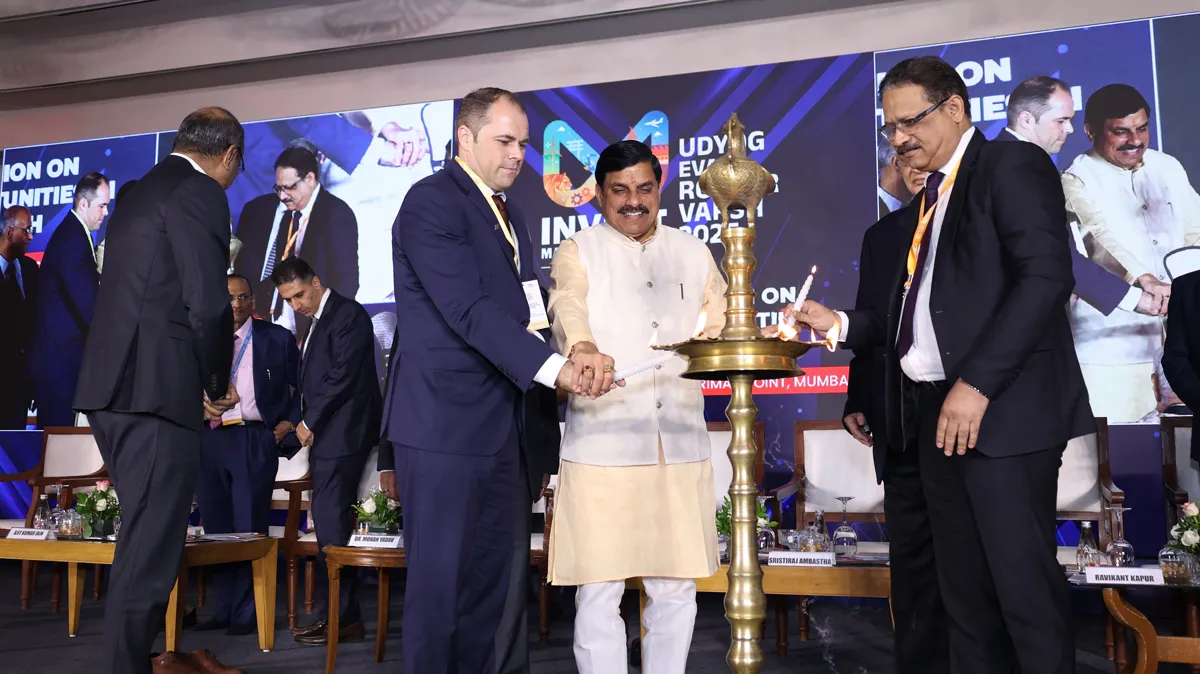
What Does Home Insurance Really Cover?
Home insurance is one of the most important protections a homeowner can have. It offers financial cover for unexpected damages, losses, or liabilities related to your property. However, many homeowners are not fully aware of what is actually included in their home insurance policy.This guide breaks down what home insurance really covers, so you can be better prepared and make informed decisions.What is home insurance?Home insurance is a financial product that protects your house and belongings against damage, theft, or accidents. It generally includes coverage for the building itself, as ..

Hettich Strengthens Industry Ties at Madhya Pradesh Investment Meet
Hettich India, a global leader in furniture fittings, reinforced its commitment to Madhya Pradesh’s industrial growth as a Guest of Honour at an Interactive Session on Investment Opportunities in Power, Renewable Energy Equipment, and White Goods Manufacturing, hosted by the Government of Madhya Pradesh in partnership with the Confederation of Indian Industry (CII) at Hotel Trident, Nariman Point, Mumbai.The session, chaired by Dr Mohan Yadav, Hon’ble Chief Minister of Madhya Pradesh, brought together leading domestic and international investors, industry representatives, and business lead..

Raimondi Names New Saudi Branch Head
Raimondi Middle East has announced the appointment of Ahmad Shakkour as Branch Manager for the Kingdom of Saudi Arabia, reinforcing the company’s commitment to expanding its presence in one of its key regional markets.With Saudi Arabia driving a wave of large-scale infrastructure and urban development projects, Raimondi aims to strengthen its on-ground operations and customer engagement. The company currently has over 100 cranes deployed across the country and continues to expand its technical and service teams to support growing demand.“Saudi Arabia represents a cornerstone of our regiona..
















